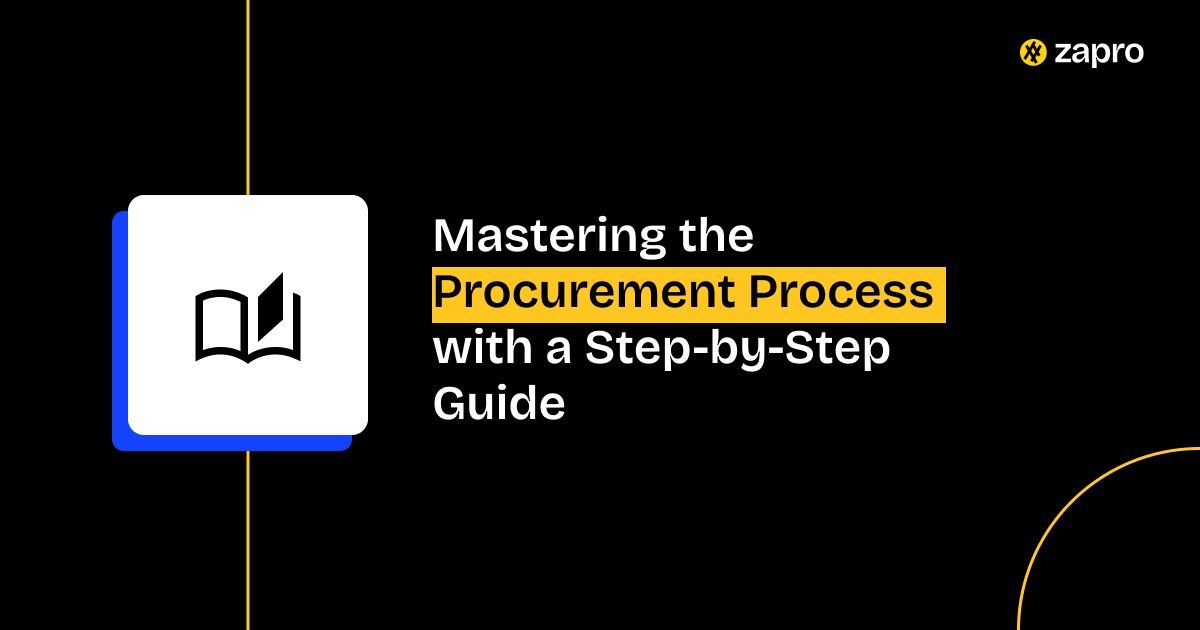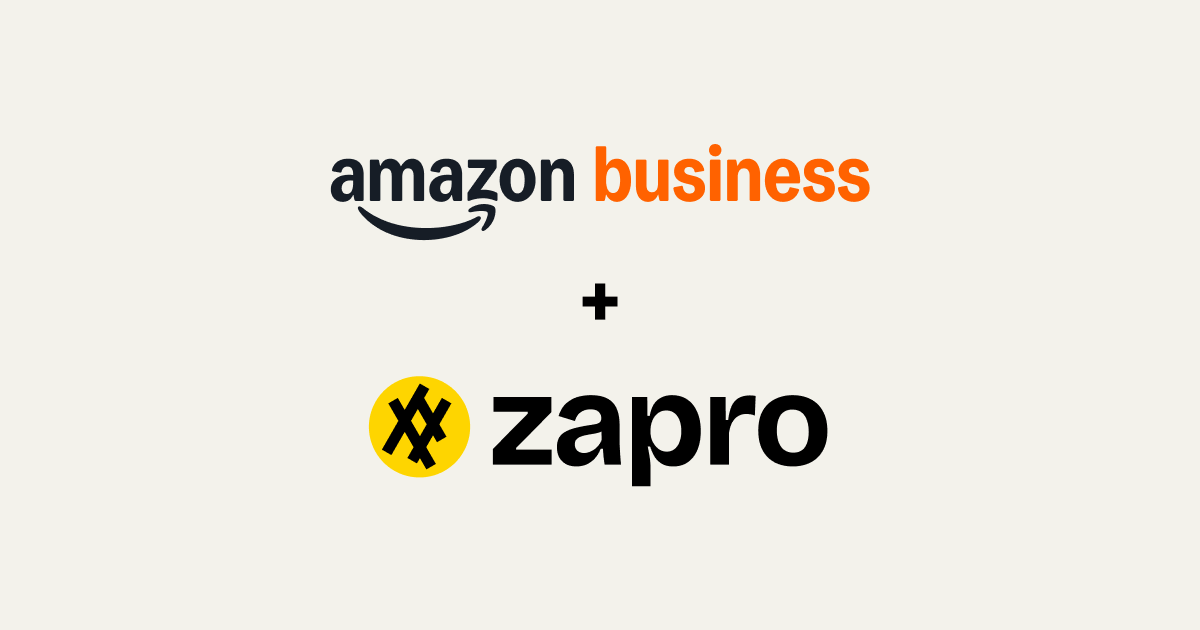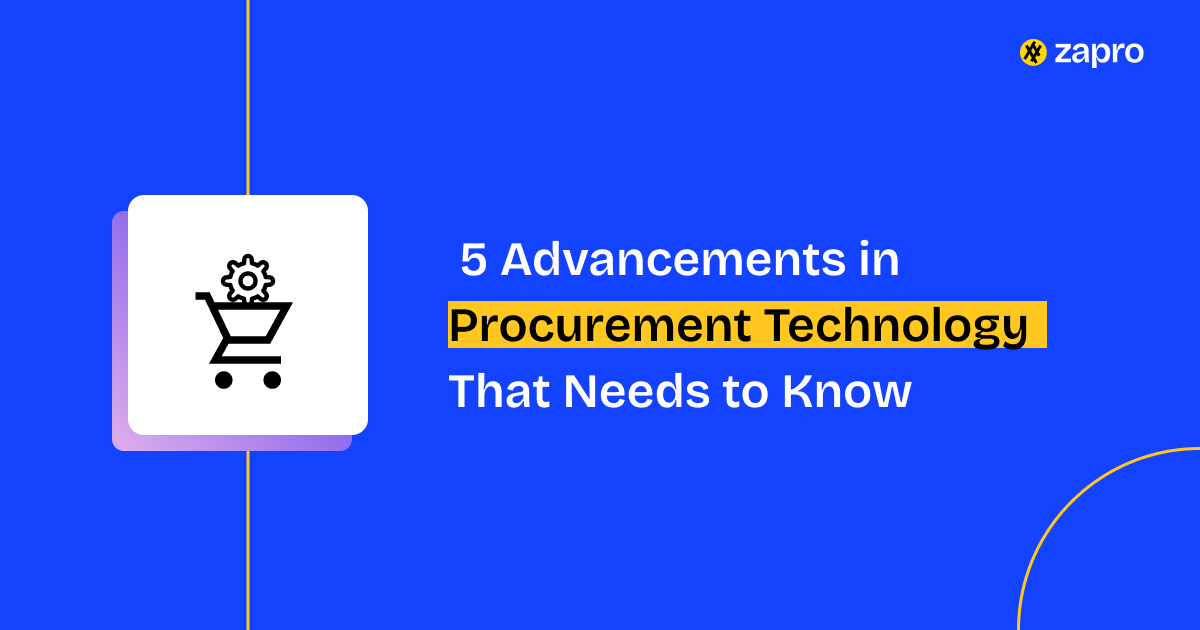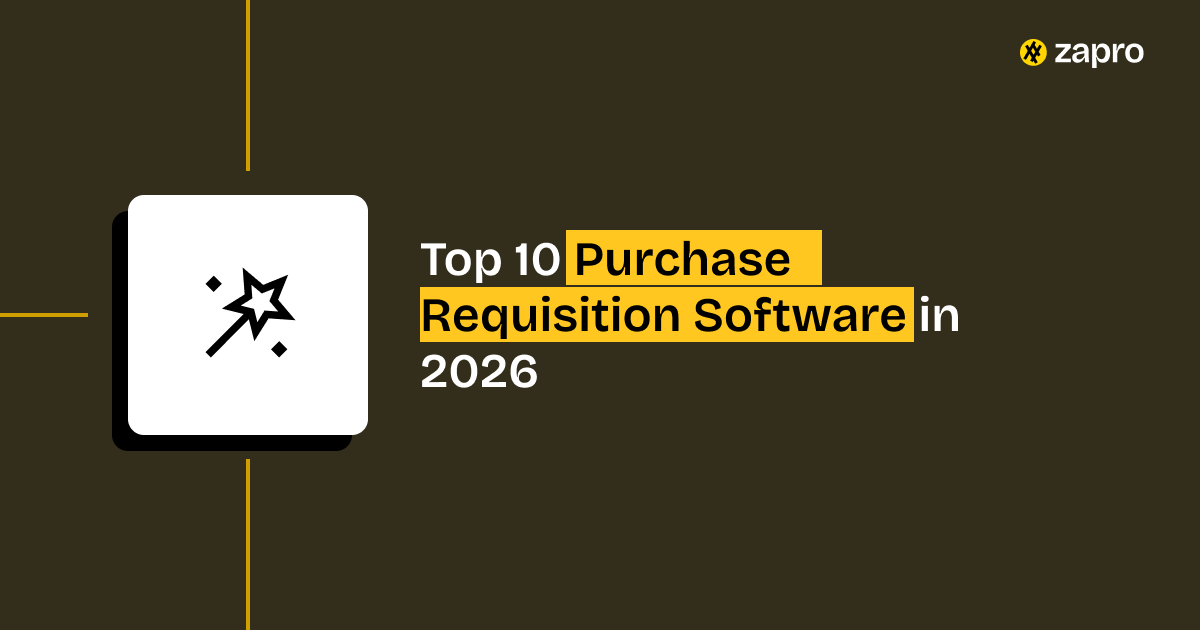As the world moves towards a more digital future, the rapid development and adoption of technological tools to streamline workflows and improve efficiency has become a vital aspect of business operations. In this context, technology procurement has emerged as a key area that businesses are focusing on to enhance their operational processes.
What is Procurement Technology?
Procurement technology is a broad term that encompasses a variety of digital tools, software, and systems that are designed to automate, streamline and enhance the procurement process. This includes everything from e-procurement platforms, cloud-based procurement solutions, analytics tools, mobile procurement apps, and digital procurement systems. These tools are designed to improve efficiency, reduce costs, and provide a more strategic approach to procurement.
The Evolution of Procurement Technology
The procurement process has evolved significantly over the years, transitioning from manual paper-based systems to email and website-based processes, and finally to fully integrated online procurement systems. This evolution has been driven by the need for more efficient and cost-effective procurement processes.

Organizations that implement AI-powered procurement technology can reduce processing costs by up to 40% and cycle times by 60%.
Top 5 Procurement Technology Trends
As we navigate through the digital age, several trends have emerged in the realm of procurement technology. Here are the top five trends that are redefining the procurement landscape:
Cloud-Based Platforms
The migration to cloud-based procurement platforms is gaining momentum. These platforms offer a range of benefits, including scalability, accessibility, and cost-effectiveness. Companies like SAP (Ariba and Fieldglass) and Basware are leading the way with their cloud-based solutions.
Spend Analytics
The use of analytics in procurement is becoming increasingly important. Analytics tools can provide valuable insights for cost optimization, process improvement, and management reporting, enabling procurement teams to make data-driven decisions.
Collaboration
The focus of procurement technology is shifting towards improving collaboration. Internally, this can drive productivity and result in continuous savings. Externally, it can strengthen supplier relationships and reduce supply chain risks.
Mobility
As mobile phones become an integral part of our lives, procurement technology is following suit. Mobile-enabled services offer the flexibility to participate in procurement functions from anywhere, at any time.
Digital Procurement
Many organizations are transitioning to a digital approach to procurement. This involves automating procurement functions to eliminate inefficient, time-intensive aspects of the process and allow procurement teams to focus on high-impact, value-driven activities.
Risk Management
With increasing complexities, robust risk management strategies become pivotal in procurement. Proactive identification, assessment, and mitigation of risks enhance resilience and fortify supplier relationships.
Turn Procurement Innovation Into Your Reality

5 Advancements in Procurement Technology
As technology continues to evolve, so too does procurement technology. Here are five key advancements that are shaping the future of procurement:
Artificial Intelligence and Machine Learning
These technologies are being used to analyze unstructured data related to cost, spend, supplier, and contract, providing valuable insights for decision-making.
Natural Language Processing (NLP)
NLP facilitates better communication between humans and machines, streamlining interactions in procurement. It improves understanding, interpretation, and response to natural language, enhancing user experience and efficiency.
Blockchain Technology
Blockchain offers increased traceability and authenticity in procurement transactions. It’s expected to become a must-have technology in the coming years.
Cybersecurity
As procurement processes become more dependent on technology, the importance of securing these systems from threats is becoming increasingly recognized.
Automation
Digital technology is automating tedious and repetitive tasks, freeing up human resources to focus on more productive tasks.
Benefits of Procurement Technology & Tools
Implementing procurement technology can yield a range of benefits:
- Improved Spend Visibility and Lower Costs: Digital procurement technology allows for more structured spending across suppliers and makes it easier to identify cost reduction opportunities.
- centralized Procurement: Procurement tools that support multiple currencies, languages, and logistics choices enable sourcing from anywhere in the world.
- Better Operational Performance: Automation of internal processes improves efficiency and reduces the potential for error.
- Standardized Workflow: Electronic procurement technology streamlines workflows and reduces the need for deviation from the process.
- Improved Data Accuracy: Electronic data processing reduces the potential for error and improves data integrity.
Conclusion: Staying Ahead with Zapro
In an ever-evolving digital landscape, staying ahead of the curve is crucial for businesses. Adopting the latest advancements in procurement technology can provide a competitive edge and drive business growth.
At Zapro, we understand the importance of leveraging technology for efficient and effective procurement. Our solutions are designed to help businesses streamline their procurement processes, improve transparency, and make data-driven decisions.
Stay ahead of the game with Zapro’s industry-leading procurement solutions. Sign up for a free trial today and take the first step towards a more efficient, cost-effective, and strategic approach to procurement.

Don’t Just Learn About Innovation—Experience It
Lead with AI-powered procurement. Zapro delivers cutting-edge automation.
FAQ
1. What are the essential features to look for in a procurement technology platform?
When evaluating a procurement technology platform, focus on features that support visibility, automation, and scalability. A good platform should include:
- Automated purchase order management
- Real-time inventory tracking
- Supplier performance analytics
- Integrated approval workflows
- Spend analysis and reporting tools
Additionally, look for an intuitive interface, mobile accessibility, and the ability to scale with your organization. Tools like Zapro offer centralized dashboards that make procurement more transparent and easier to manage across teams and locations.
2. How does automation in procurement technology reduce errors and save time?
Procurement automation minimizes manual tasks that often lead to delays or mistakes — like duplicate orders, invoice mismatches, or missed approvals. By automating repetitive steps (e.g., purchase requisitions, invoice matching, and supplier communication), procurement teams can:
- Process requests faster
- Eliminate data entry errors
- Improve compliance
- Free up time for strategic sourcing
Platforms like Zapro use smart workflows and real-time notifications to keep the process moving efficiently — reducing bottlenecks and ensuring accuracy from requisition to payment.
3. Can procurement technology integrate with existing ERP or supply chain systems?
Yes, most modern procurement platforms are built with integration in mind. Whether you’re using an ERP like SAP, Oracle, or NetSuite, or working with logistics and inventory systems, today’s procurement tools can sync data seamlessly through APIs or pre-built connectors.
Zapro, for example, offers flexible integrations with popular ERP, accounting, and inventory tools, so you can centralize data without disrupting existing workflows. This ensures better data accuracy, smoother collaboration, and real-time visibility across the entire procurement lifecycle.
Don’t miss our weekly updates
We’ll email you 1-3 times per week—and never share your information.

 Healthcare
Healthcare Financial Services
Financial Services Technology
Technology Venture Capitalist
Venture Capitalist Chief Procurement Officer
Chief Procurement Officer Chief Financial Officer
Chief Financial Officer




